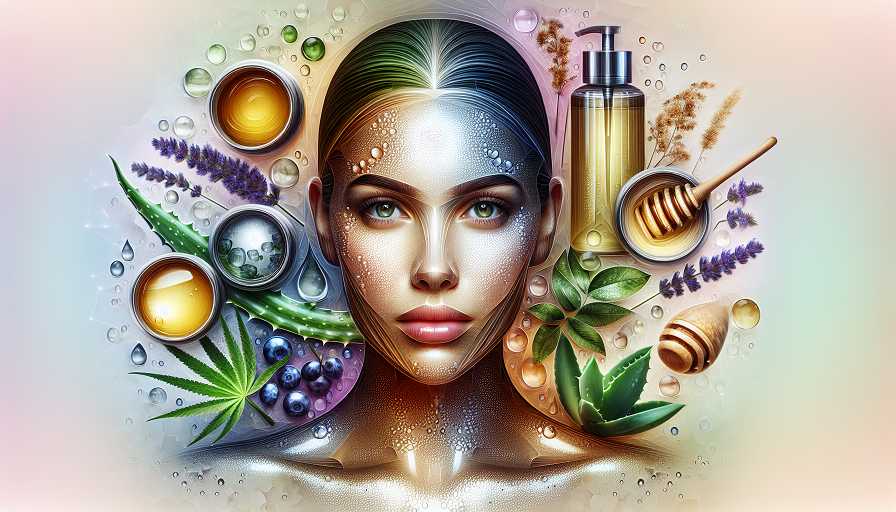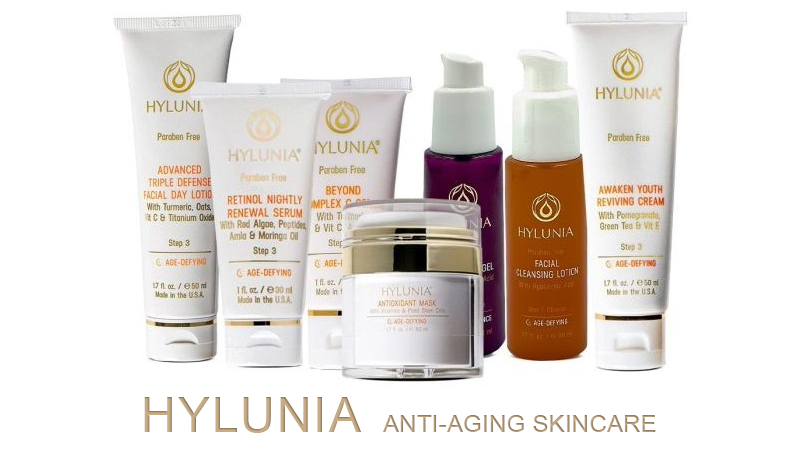
Dark circles under the eyes—almost everyone has dealt with them at some point, and for many, they’re a constant companion. While they may look harmless, dark circles can make us appear tired, older, or even a little under the weather. Figuring out why they occur and how to treat them effectively can help you put your best, well-rested face forward.
Contents
What Really Causes Dark Circles?
Before diving into treatments, it’s crucial to understand the causes of dark circles. They’re not always about lack of sleep—several factors, from genetics to lifestyle choices, can contribute. Here are some of the main culprits:
Genetics: Blame It on Family History
If your parents or grandparents had dark circles, there’s a good chance you might too. Genetics play a significant role, especially in people with fair or thin skin, where veins beneath the eyes are more visible. For some, pigmentation issues also run in the family, making the under-eye area appear darker.
Lack of Sleep: The Usual Suspect
Sleep deprivation is indeed a factor, as it can cause the skin to look pale, making dark circles more obvious. When we’re sleep-deprived, fluid tends to accumulate under our eyes, leading to puffiness and shadows that look like dark circles.
Allergies and Sinus Issues
When allergies flare up, they cause inflammation, swelling, and an increase in blood flow to the area around the eyes. Known as “allergic shiners,” these dark circles can become more pronounced during allergy season or when dealing with chronic sinus issues.
Aging: Natural Changes Over Time
As we age, the skin under our eyes thins out, and we lose some of the fat and collagen that keeps the area plump. With less cushion, blood vessels are more visible, making the skin appear darker. Additionally, aging reduces skin elasticity, creating hollows that cast shadows under the eyes.
Lifestyle Choices: Smoking, Diet, and More
Poor diet, dehydration, smoking, and excessive alcohol consumption can all affect the appearance of the skin under the eyes. Smoking, in particular, constricts blood vessels, making dark circles look worse. Dehydration can also make skin look dull and exaggerate dark circles.
Effective Treatments for Dark Circles
Once you understand what might be causing your dark circles, you can focus on treatments that specifically address those causes. Here are the most effective methods for treating dark circles, from home remedies to professional options.
Hydration: Water and Hyaluronic Acid
Keeping your skin hydrated is essential, especially for the thin skin around your eyes. Drinking enough water throughout the day helps flush out toxins and prevent the skin from looking dull. For a more targeted approach, use skincare products with hyaluronic acid, which draws moisture into the skin, plumping up the area and reducing the appearance of dark circles.
Caffeine-Infused Products
Caffeine constricts blood vessels and reduces swelling, making it a fantastic ingredient for under-eye products. Look for eye creams or serums with caffeine as a key ingredient to instantly brighten and depuff. These can be especially helpful for those days when lack of sleep or seasonal allergies make dark circles look worse.
Retinoids for Collagen Boost
Retinoids are great for stimulating collagen production and thickening the skin over time. This can make the skin under the eyes look less transparent and help reduce the appearance of blood vessels. Start with a low concentration to avoid irritation, and always follow up with sunscreen during the day, as retinoids increase sun sensitivity.
Home Remedies That Can Help
If you prefer a natural approach, several home remedies may offer relief from dark circles. Here are some options worth trying:
- Cold Compresses: Cold compresses can constrict blood vessels, reducing puffiness and dark circles. Use chilled spoons, cucumber slices, or cold tea bags on the eyes for a few minutes each day.
- Almond Oil: Rich in vitamin E, almond oil can nourish the delicate skin under the eyes. Gently massage a small amount under the eyes before bed to help with dark circles.
Turmeric and Honey Mask
Turmeric has anti-inflammatory properties, and honey is hydrating. Mix a small amount of turmeric powder with honey, apply it to the under-eye area, and let it sit for about 10 minutes before rinsing. This mask can help brighten the skin over time.
Medical Treatments for Stubborn Dark Circles
For those who’ve tried everything with limited results, professional treatments are available that target dark circles more aggressively. Here are some options:
Laser Therapy
Laser treatments, like Intense Pulsed Light (IPL), can target pigmentation and visible blood vessels. They work by breaking down the pigment, reducing the appearance of dark circles. Laser therapy is most effective for people whose dark circles are due to pigmentation issues.
Chemical Peels
Peels that contain glycolic acid, lactic acid, or other gentle acids can help with pigmentation under the eyes. These treatments work by removing the outer layer of skin, revealing fresher, brighter skin underneath. A dermatologist can guide you on the best type of peel for your skin.
Dermal Fillers
Fillers can be used to add volume to the under-eye area, reducing the appearance of shadows that cause dark circles. Hyaluronic acid fillers are a popular choice and provide instant results. However, it’s essential to consult with a qualified practitioner to ensure safe and effective application.
Prevention Tips: How to Keep Dark Circles at Bay
Preventing dark circles requires a combination of healthy habits and skincare practices. Here’s a list of tips that can make a real difference:
- Get Enough Sleep: Aim for 7-9 hours each night to give your skin time to repair and rejuvenate.
- Use Sunscreen: The sun can worsen pigmentation, so applying sunscreen daily around your eyes is crucial.
- Stay Hydrated: Drinking water throughout the day helps keep your skin plump and healthy-looking.
- Limit Salt and Alcohol: Both can cause dehydration and puffiness, leading to darker circles under the eyes.
- Quit Smoking: Smoking accelerates aging and worsens skin pigmentation.
When to See a Dermatologist
While most dark circles are harmless, they can sometimes indicate underlying health issues. If you notice persistent dark circles that don’t improve with treatment, it may be worth consulting a dermatologist. They can assess the cause and recommend tailored treatments that might not be available over the counter.
Chronic Dark Circles and Health Concerns
Conditions like anemia, liver issues, and thyroid imbalances can contribute to dark circles. A dermatologist may suggest blood tests or a visit to a primary care physician if they suspect a health-related cause.

